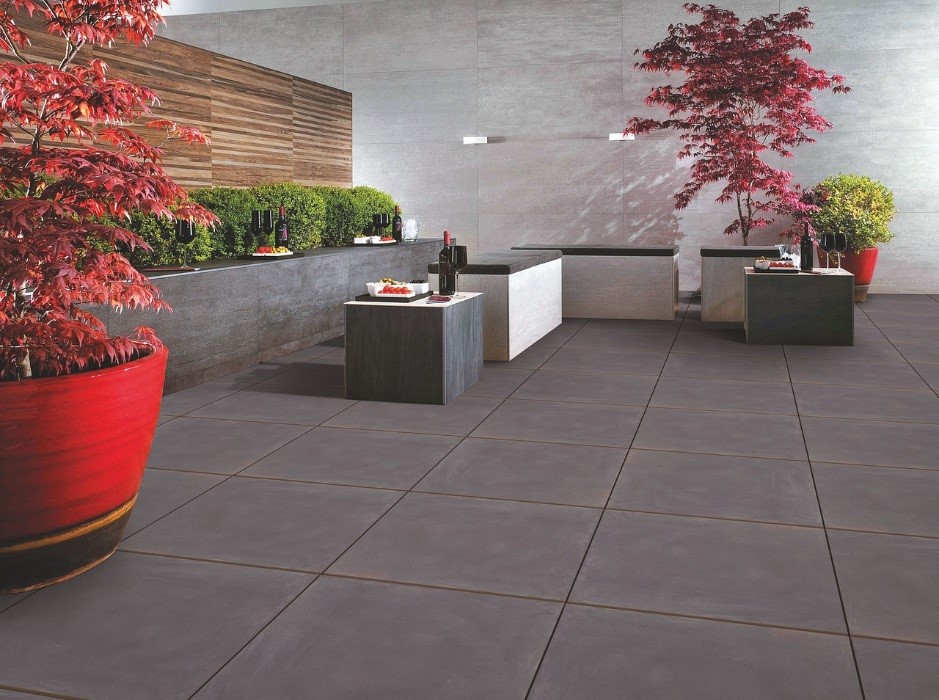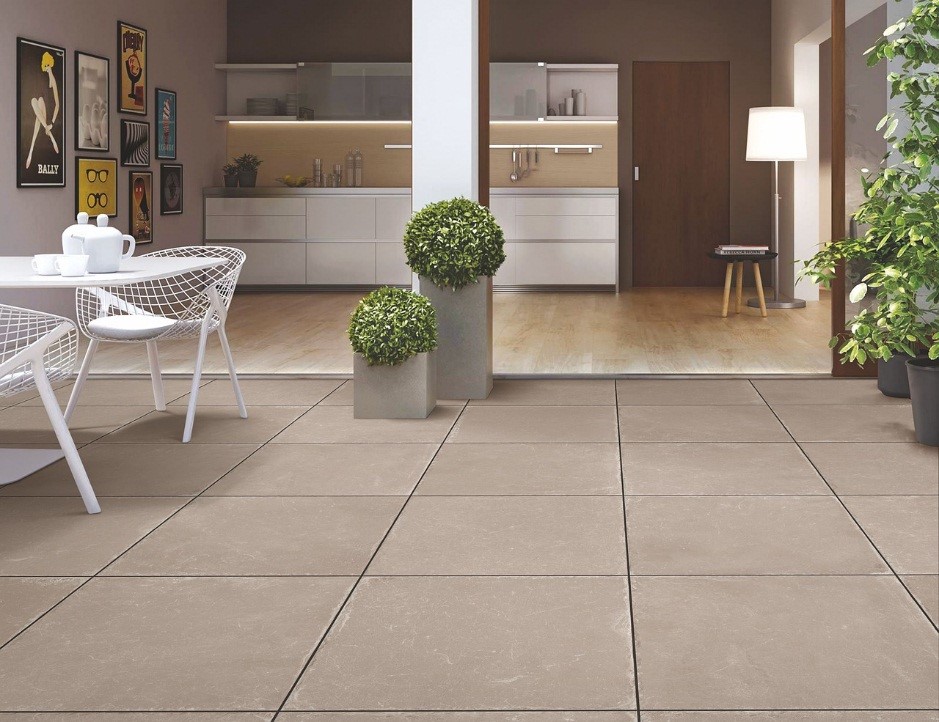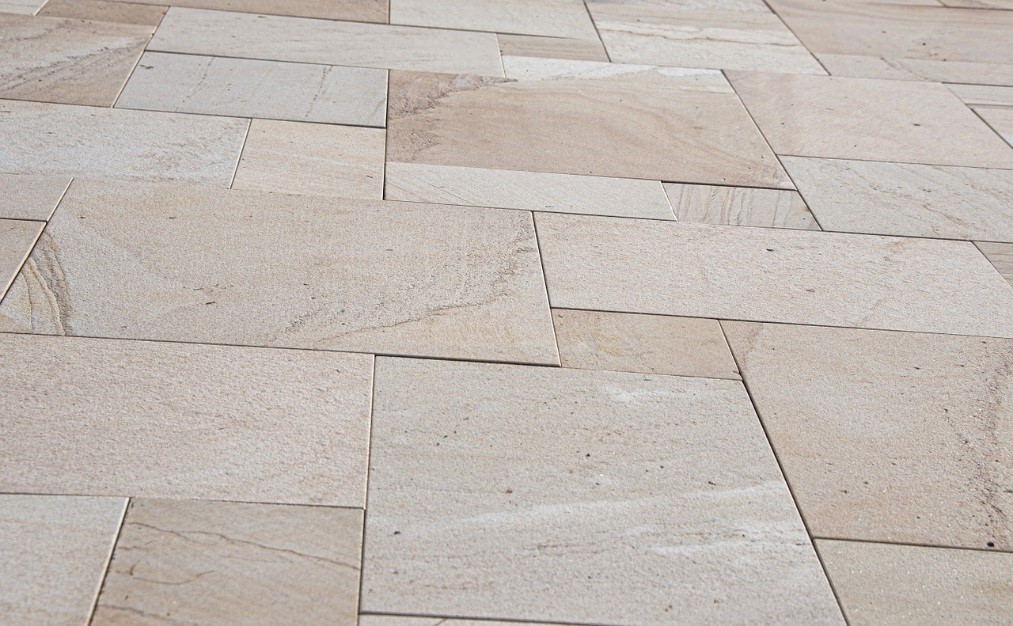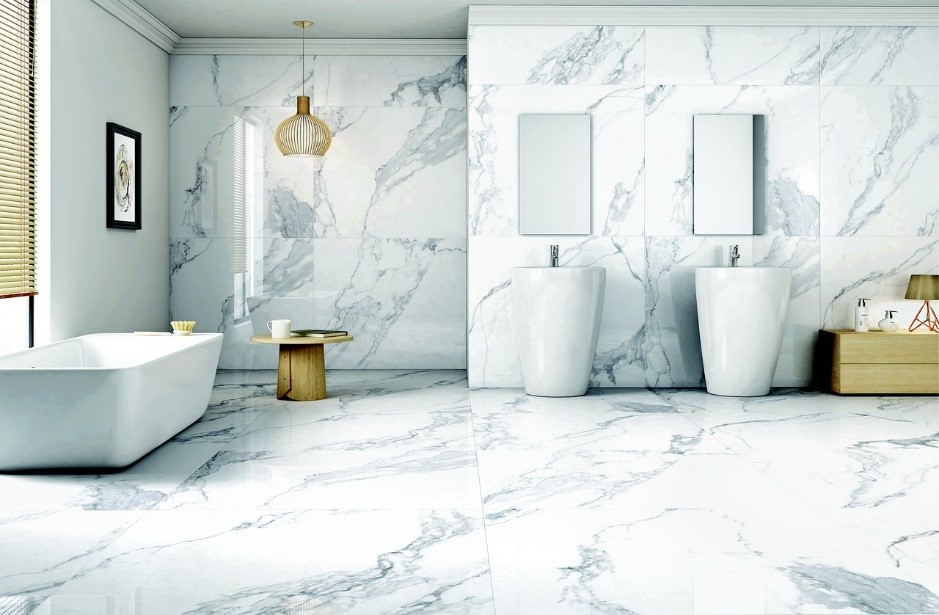


When it's time to create the best tile floors, people are often baffled by the variety of potential choices. A wide range of colours, textures and materials are offered. Unfortunately, many people make the mistake of only focusing on the tiles' appearance, and disregarding their functionality. Depending on the room where they'll be installed, some tiles might not be such a good fit, even though they look great. That's why we've made this guide that should help you create the best tile floors that bridge appearance and functionality.
An important factor to consider is tile hardness. The harder the tile is, the more foot traffic will it withstand. What's more, harder tiles won't be so easy to scratch. So, think about how much traffic the room will see before deciding on the appropriate flooring.
For bedrooms and bathrooms, lighter tiles will do (unless you're getting commercial tiling for the customers' bathroom). Entryways and kitchens, on the other hand, see a lot of traffic, so harder tiles are needed.
The second factor to consider is tile porosity, which impacts how much water the tile can absorb. The ratio of solids to air holes determines the tiles' porosity. The more air holes the tile has, the less suitable it will be for rooms that are more prone to moisture, such as the kitchen, bathroom, or laundry room.
In this sense, the bathroom can be especially problematic, so look for impervious flooring for the bathroom.
Usually, you can't go wrong with porcelain tiles. Not only do they come in various designs, but they are also affordable, strong, and moist-resistant. When compared to ceramic tiles, porcelain tiles are more durable, and there's also a greater variety in terms of colors, textures, and styles. Just remember that not all porcelain tiles are of equal quality. Another drawback is that porcelain tiles can feel cold when you're walking barefoot. However, with underfloor heating, that won't be an issue!

Some, more expensive, porcelain tiles are extra strong and moist-resistant. This makes them ideal for kitchens and bathrooms. If you'll be redecorating after moving, you might be running on a small budget. However, saving for this kind of flooring will save you money in the long run, as you won't have to change the tiling in case it gets ruined due to heavy traffic and/or moisture. One way to save enough money when moving is to use affordable moving supplies.
Porcelain can also be used to create the best tile floors even if you want wood or stone tiles but you can't afford them. As we said, people often get drained of money when moving. They may not be able to get the wood or stone flooring that they desire, but they can get the next best thing. And that's porcelain tiles that are made to look like marble or wood tiles.
Thanks to the advances in technology, digital ink-jet printers are used to create porcelain tiles whose color and texture is virtually identical to wood or stone.
On the other hand, you can also get ceramic wood tiles. Real hardwood requires maintenance. Many people like the look of hardwood, but they're too busy or they just generally don't want to deal with maintenance.
Ceramic wood tiles are moisture and scratch resistant, as well as highly durable, which makes them functionally suitable for all rooms. That's another advantage they possess over hardwood, as installing real hardwood, for example, in a bathroom, wouldn't be a good idea. And for more traditional kitchens, there's no better choice in terms of appearance than ceramic wood flooring!
If you can afford it, there's probably no better option than a stone tile floor. While they are expensive, using granite, travertine or marble tiles will provide any room with a certain grandiose luxury. Thanks to Mother Nature, each stone is slightly different, meaning that your floor will be unique. And of course, stone is very strong and durable.

Just remember that you'll need to seal stone tiles. Otherwise, your stone flooring will be less durable and vulnerable to stains. It will be highly porous and, sometimes, it may even crumble. After originally sealing it, you'll have to reseal it every 5-10 years in order to keep it in optimal shape.
Then, there's also concrete. If you're looking for a very modern design, concrete is the best choice. It is also affordable, durable, and resistant to foot traffic and moisture. Its biggest advantage over other types of material, however, is that you can have it custom-made. You can choose the details that will best fit each room.
Unfortunately, concrete tiles come with one big flaw - they are extremely hard to the touch. If you'll be walking barefoot on concrete, you most likely won't feel comfortable while doing so. What's more, it's easier to slip on concrete. Avoid using concrete tiles for your shower area at all costs.
While we're talking about slipping, if you're choosing the best tile floors for a home where elderly people or kids live in, make sure to get slip resistant tiles. As we said, this is especially important for the shower area. The smaller the tile size - the better. Ideally, look for 4x4 or smaller tiles. Glass and mosaic tiles come in small sizes, they have a textured surface and are generally slip resistant.

You can also choose ceramic or porcelain tiles with a high coefficient of friction. In other words, ask for tiles with slip resistant coatings. Otherwise, get slate or pebble stone tiles. These stone tiles are naturally slip resistant.
If there's an unpleasantly small room in your home (a bathroom, perhaps), there's a way to make it appear larger. As any interior designer will tell you, choosing larger tiles in order to make a room appear larger has been among the best interior trends since forever.
Another way to make a room appear larger is to use lighter colors. White, cream, beige... It doesn't really matter, as long the color is lighter. When choosing the best tile floors for small rooms, combining these colors with porcelain/ceramic or marble flooring would be ideal.
On the other hand, if you don't need to make your small rooms appear larger, then you can install small tiles in small rooms. They will be much easier to install and you can go with an increasingly popular mosaic look.
Of course, depending on their taste, some people won't like the mosaic flooring's appearance. However, most people will agree that they do lend a certain luxury and sophistication to any room. And not only do they look great but, as we said, they are also great for shower areas or other rooms that need to be slip resistant. So, when choosing the best tile floors, if you're looking for a stroke of elegance, mosaic tiles are generally a very good idea.